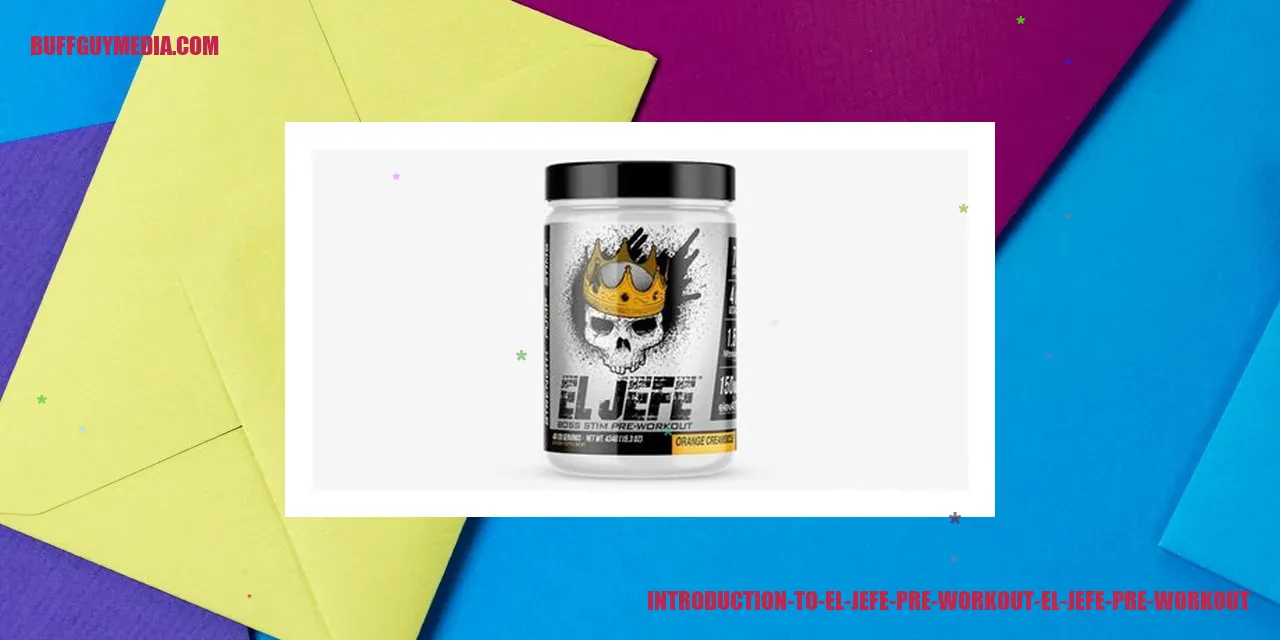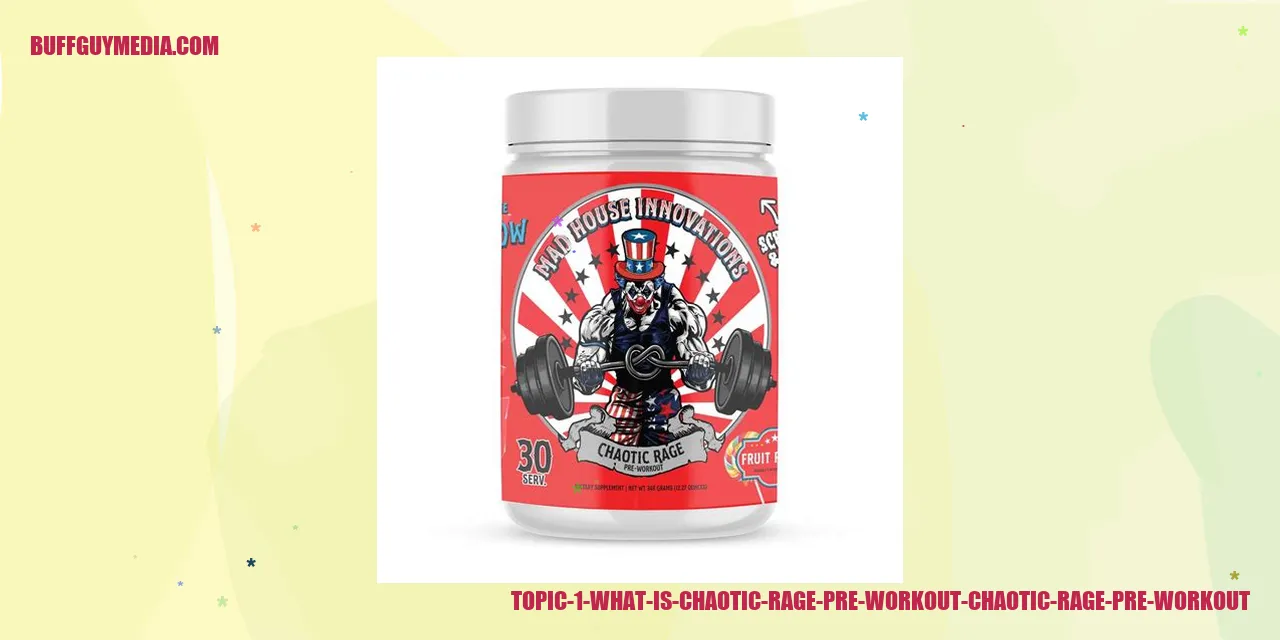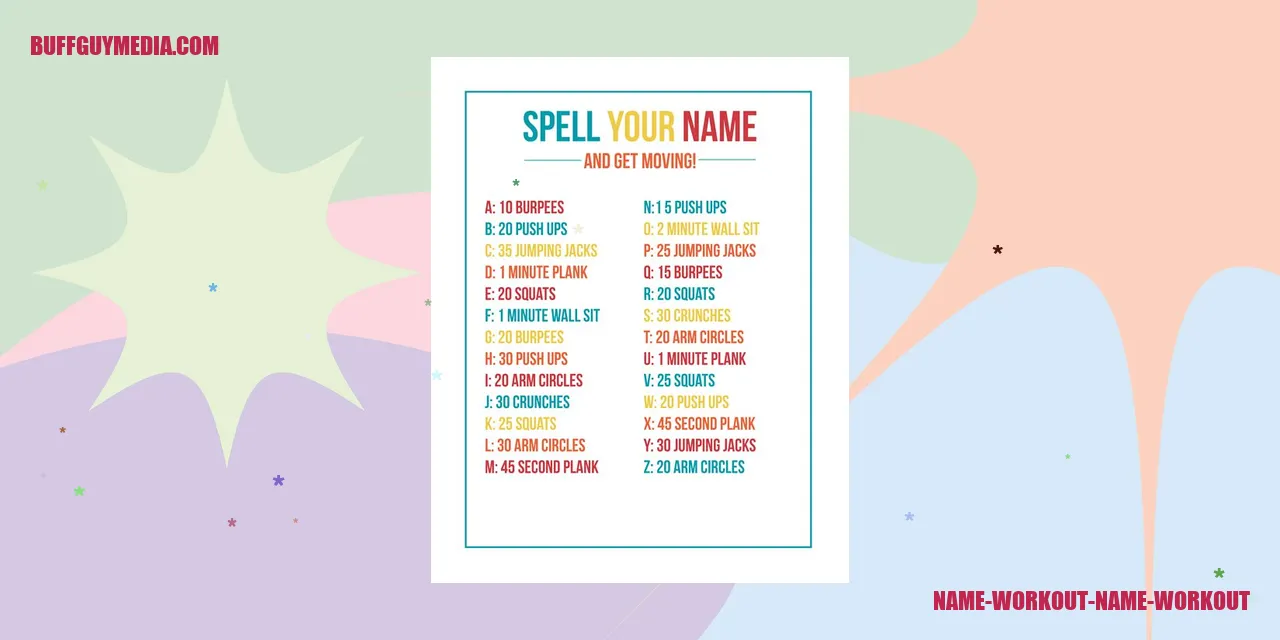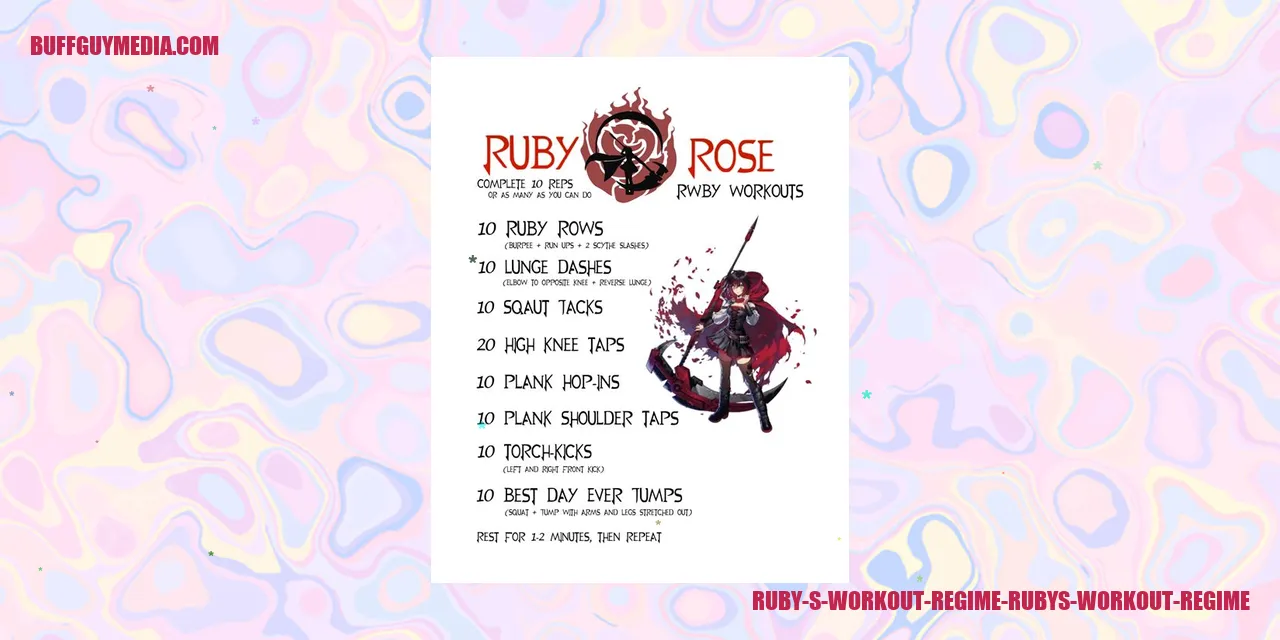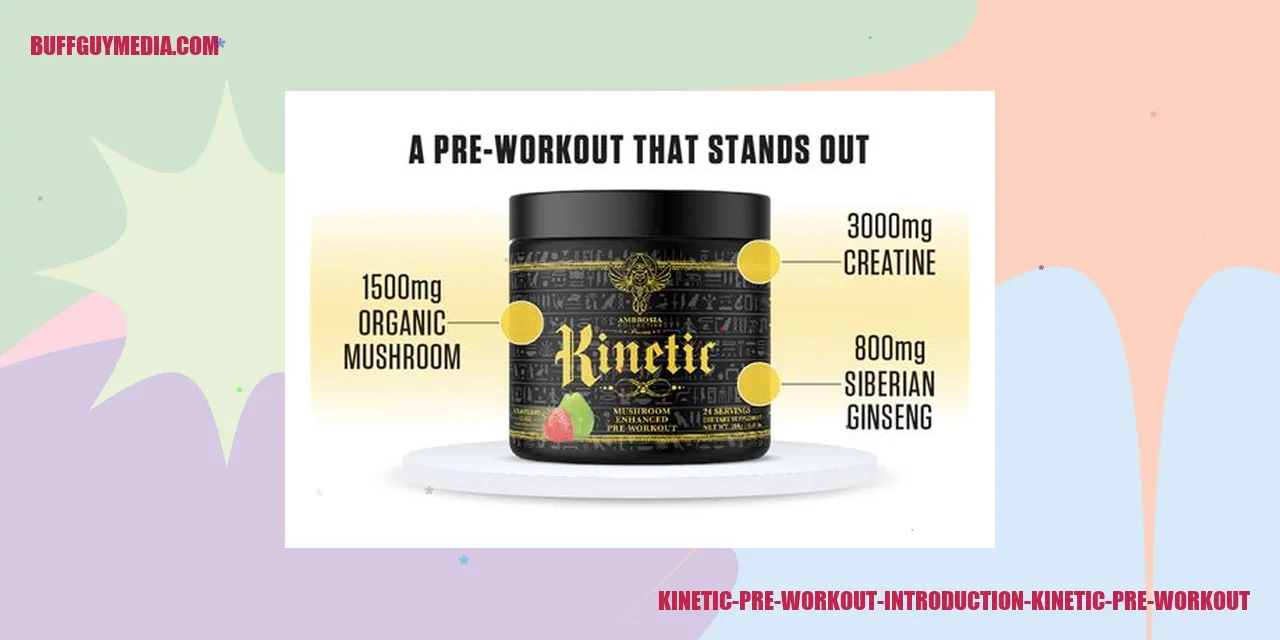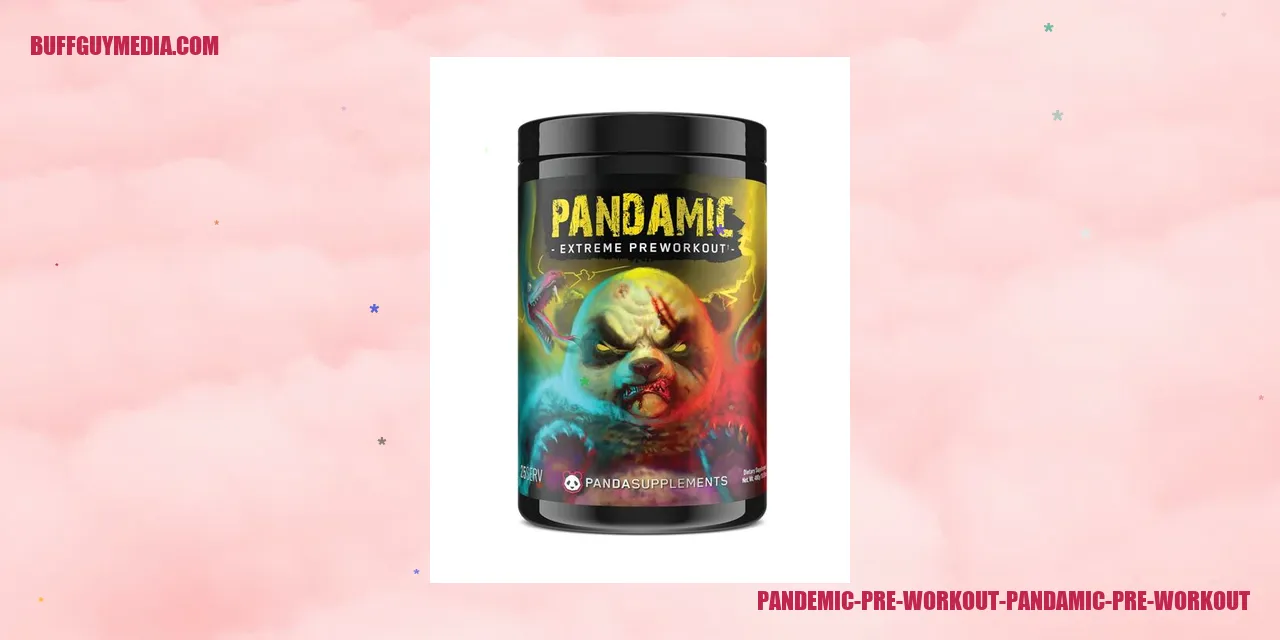Workout Expectations for Short: Setting Realistic Goals and Achieving Optimal Results
Understanding Realistic Goals for Brief Workout Sessions
What to Expect from Short Workouts?
Short workout sessions offer a convenient and effective solution to maintain a healthy lifestyle for individuals juggling busy schedules. However, it is crucial to establish realistic expectations regarding the outcomes of these workouts. While brief exercise routines can certainly improve overall fitness, it is important to acknowledge that they may not yield the same outcomes as longer, more intense workout sessions. Expect noticeable enhancements in cardiovascular endurance, muscle strength, and flexibility. However, significant weight loss or considerable muscle gains may require dedication over a more extended period.
Optimal Duration for Short Workouts
The duration of short workout sessions may differ depending on an individual’s fitness level and objectives. Generally, short workouts typically range from 10 to 30 minutes. The key lies in optimizing the time available by incorporating exercises that target multiple muscle groups and elevate the heart rate. Consider incorporating high-intensity interval training (HIIT) or circuit training, as they maximize calorie burn whilst providing a comprehensive full-body workout within a shorter timeframe.
Effective Exercises for Short Workouts
When selecting exercises for brief workout sessions, it is crucial to choose those that are highly effective and engage multiple muscle groups simultaneously. Compound exercises such as squats, lunges, push-ups, and burpees are excellent choices as they stimulate numerous joints and recruit multiple muscles simultaneously. Additionally, integrating cardiovascular exercises like jumping jacks, mountain climbers, or skipping rope can further intensify the workout and enhance calorie burn.
Weight Loss and Muscle Gain Through Short Workouts
Short workouts undeniably have the potential to contribute to weight loss and muscle gain. However, it is vital to adopt realistic expectations. While these workout sessions facilitate calorie burn and muscle toning, progress may be more gradual compared to longer, intensive training sessions. Consistency plays a pivotal role in achieving optimal results. Aim for regular short workouts throughout the week, supplemented by a well-balanced diet to maximize your weight loss or muscle gain endeavors.

The Advantages of Short Workouts
Enhanced Efficiency and Time Management
Short workouts provide a valuable boost to productivity and time management skills. In our hectic modern lives, finding extended periods for exercise can be a challenge. However, incorporating brief workout routines into your schedule offers numerous advantages. By dedicating just a few minutes each day to physical activity, you can increase energy levels, enhance focus, and effectively manage your time. These brief bursts of exercise have a positive impact on overall productivity.
Improved Adherence to Exercise Routines
One of the significant benefits of short workouts is their ability to increase adherence to exercise routines. Long workout sessions can be daunting and, as a result, many individuals struggle to commit to them due to lack of time, motivation, or excessive fatigue. In contrast, shorter workouts are more manageable and less intimidating, making it easier to maintain a consistent routine. Breaking down your exercise regimen into shorter, more frequent sessions helps you stay committed and achieve your fitness goals.
[[READMORE]]
Enhanced Cardiovascular Health and Stamina
Do not underestimate the impact of short workouts on cardiovascular health and stamina. Engaging in brief bursts of moderate to high-intensity exercise significantly improves heart health and enhances stamina. Even short intervals of physical activity, such as interval training or Tabata workouts, effectively increase heart rate, enhance blood circulation, and strengthen the cardiovascular system. Over time, these short workouts lead to improved endurance and overall fitness levels.
Accelerated Metabolism and Calorie Burn
Also read:
Gary Anthony Williams Weight Loss Journey: Shedding Pounds and Gaining Confidence
Sandra Ali’s Remarkable Weight Loss Surgery
Short workouts also contribute to an accelerated metabolism and increased calorie burn. Scientific studies have shown that high-intensity interval training (HIIT), which involves short bursts of intense exercise followed by brief periods of rest, effectively raises metabolic rate. Therefore, even after you’ve finished your workout, your body continues to burn calories at an accelerated rate. Incorporating short workout sessions into your routine aids in weight loss, improves body composition, and maintains a healthy metabolism.

Understanding the Challenges of Short Workouts
Complexity in Focusing on Specific Muscle Groups
Short workouts present a significant hurdle when it comes to effectively targeting specific muscle groups. The time constraints make it difficult to incorporate exercises that isolate and concentrate on particular muscles, like arm-focused bicep curls or leg-centric squats. Instead, shorter workouts generally involve compound movements that engage multiple muscle groups simultaneously, making them less suitable for those seeking to concentrate on specific areas of their body.
Potential for Insufficient Warm-up and Cool-down
Another challenge is the possibility of inadequate warm-up and cool-down periods. The constraint of limited time may tempt individuals to skip or shorten these crucial phases of their workout routine. Warm-ups are essential as they prepare the body by enhancing blood flow and flexibility, while cool-downs gradually lower the heart rate and prevent post-workout muscle soreness. Insufficient warm-up and cool-down sessions raise the risk of injuries and hamper the body’s ability to recover efficiently.
Limitations in Exercise Variety and Progression
Short workouts often restrict the opportunity to incorporate a diverse range of exercises. This can make it challenging to maintain interest and avoid monotony. Moreover, limited time poses difficulties in progressively intensifying or advancing the difficulty level of exercises over time. Progression plays a vital role in enhancing strength and stamina, but with insufficient time, individuals may encounter obstacles in achieving their desired fitness objectives.
Reduced Time for Rest and Recovery
Adequate rest and recovery are fundamental components of any successful workout routine. They allow the body to repair and rebuild muscles, thereby promoting muscle growth and overall physical wellness. However, with shorter workout sessions, there is less time available for proper rest and recovery. This can result in overtraining, muscle fatigue, and an increased risk of injury. Inadequate rest periods can also impede performance, making it more difficult to attain desired fitness outcomes.

Unlocking the Potential of Short Workouts: How to Optimize Your Exercise Sessions
Emphasize Compound Exercises for Full-Body Activation
In situations where time is limited for your workout, it is crucial to maximize the effectiveness of each exercise. One way to achieve this is by prioritizing compound exercises that engage multiple muscle groups simultaneously. Opt for movements such as squats, deadlifts, push-ups, and lunges, as they activate multiple joints and muscles, delivering a comprehensive full-body workout in a shorter timeframe.
Incorporate Interval Training for Elevated Intensity
If you desire to extract the most benefits from your short workout, integrating interval training can significantly elevate the intensity and calorie expenditure. High-intensity interval training (HIIT) involves alternating periods of high-intensity exercise with short recovery intervals. This technique not only enhances cardiovascular fitness but also accelerates metabolism, enabling you to burn more calories in a reduced amount of time.
Opt for Circuit Training to Merge Strength and Cardiovascular Exercise
Circuit training presents another effective strategy to optimize the advantages of a brief workout. By combining strength and cardiovascular exercises into a circuit format, you can effectively target multiple aspects of fitness within a time-efficient structure. Construct a circuit by performing a series of strength exercises consecutively with minimal to no rest in between. This approach keeps your heart rate elevated while simultaneously challenging your muscles, yielding a comprehensive total-body workout.
Leverage High-Intensity Intervals for Time-Efficient Sessions
When time constraints are a factor, incorporating high-intensity intervals into your workouts becomes paramount. Rather than dedicating extended periods to steady-state cardio, opt for shorter bursts of high-intensity exercises. For instance, sprint for 30 seconds, followed by a 10-second rest, and repeat. This type of interval training not only saves time but also enhances cardiovascular endurance and boosts fat burning capabilities.
With these valuable tips at your disposal, you can maximize the potential of your short workouts. Remember to prioritize compound exercises, incorporate interval and circuit training techniques, and leverage high-intensity intervals. By doing so, you’ll be able to attain a comprehensive and efficient workout, even within a limited timeframe.

Maximizing Nutrition and Hydration for Short Exercise Periods
The Significance of Pre-Exercise Meals or Snacks
Ensuring your body is adequately nourished before engaging in brief exercise sessions is crucial for optimal performance. Consumption of a pre-workout meal or snack can provide the necessary energy to power through the workout. It is recommended to choose meals or snacks that combine carbohydrates and proteins, providing sustained energy levels and supporting proper muscle function.
Hydration Guidelines Prior to, During, and After Workouts
Proper hydration is essential for short workout sessions as it helps maintain a healthy fluid balance and prevents dehydration. To enhance hydration, drink water before commencing your workout and aim to consume small sips during breaks. After the workout, replenish any lost fluids by ensuring an adequate water intake.
Post-Exercise Nutrition for Optimal Recovery
Recovery after a short workout is just as significant as fueling up beforehand. Consuming a combination of carbohydrates and protein within 30 minutes after completing your workout aids in repairing muscles and promoting recovery. Opt for a post-workout snack or meal that includes lean proteins, whole grains, and abundant fruits and vegetables.
Recommended Supplements for Brief Exercise Routines
Although a well-balanced diet should ideally provide most necessary nutrients for short workouts, some individuals may benefit from supplements. Seeking advice from a healthcare professional or sports nutritionist can help determine if supplementation is necessary for your specific needs. Common supplements suitable for short workout routines may include protein powder, branched-chain amino acids, or electrolyte supplements, all of which aid in supporting muscle repair and replenishing electrolyte levels.
To summarize, optimizing your nutrition and hydration for short workouts is imperative to enhance your performance and recovery. By fueling your body with appropriate pre-workout meals or snacks, maintaining proper hydration during the session, consuming post-workout nutrition, and considering supplements when necessary, you can effectively achieve your fitness goals.

Breaking Through Plateaus in Short Workouts
Ramping up the intensity or length of workouts
When it comes to short workouts, it’s not uncommon to hit a plateau where progress seems to stagnate. However, fear not, as there are effective strategies to overcome these plateaus. One such approach involves increasing the level of intensity or the duration of your workouts. This can be achieved by incorporating heavier weights, amplifying resistance, or executing more repetitions and sets. By challenging your muscles and pushing their limits, you can propel yourself beyond the plateau and continue witnessing developments in your brief exercise sessions.
Introducing novel exercises or workout variations
An alternative method to conquer plateaus in short workouts revolves around diversifying your routine with new exercises or variations. Our bodies possess remarkable adaptability, often getting accustomed to repetitive movements. By incorporating fresh exercises into your regimen, you engage different muscle groups and subject them to a novel stimulus. This break from the routine can help you breach the plateau and introduce exciting challenges to your short workout sessions.
Tailoring rest intervals and recovery strategies
Rest and recovery are vital for progress, yet sometimes tweaking these variables can help you surmount plateaus in short workouts. Experiment with different durations of rest intervals and alternative recovery strategies between sets or workouts. You might discover that shorter or longer periods of rest yield better performance and improved progress. Additionally, incorporating active recovery exercises or techniques, such as stretching or foam rolling, can also play a role in overcoming plateaus.
Engaging professional guidance or personal trainers
If you have attempted various techniques and still find yourself struggling with plateaus in your short workouts, seeking professional guidance or working with a personal trainer could be highly beneficial. These experts can evaluate your current workout routine, pinpoint areas for improvement, and provide tailored advice to meet your specific needs. A professional trainer can assist in crafting a customized workout plan that aligns with your individual goals, ensuring a continued progression and perpetual motivation.
Your short workouts need not be hindered by plateaus. By ramping up the intensity, exploring new exercises, adjusting rest intervals, or seeking expert guidance, you can shatter the barriers and constantly achieve your fitness objectives.

Unveiling the Truth Behind Misconceptions about Short Workouts
False Assumption: Short workouts are less effective than longer ones
Fallacious beliefs suggest that extended workout sessions are more fruitful, yet this is far from accurate. Concise workouts can be equally or even more effective, especially when performed with high intensity. Scientific studies reveal that shorter, high-intensity training can provide comparable benefits to longer sessions, as they facilitate calorie burning, muscle building, and metabolic boost.
Dispelling the Myth: Short workouts cannot lead to significant muscle gains
Contrary to popular belief, brief exercise routines can indeed result in substantial muscle growth. The key lies in prioritizing quality over quantity. By integrating compound exercises, such as squats, deadlifts, and push-ups, into your concise workout regimen, you can effectively target multiple muscle groups simultaneously, leading to enhanced muscle development and strength.
Redefining Expectations: Short workouts do not provide cardiovascular benefits
While it is true that longer, steady-state cardio workouts can improve cardiovascular health, it does not imply that short workouts lack such advantages. Short workouts, comprising intense intervals or circuit training, can actually enhance cardiovascular fitness by improving heart rate, blood circulation, and oxygen utilization efficiency. Furthermore, they can contribute to reducing blood pressure and minimizing the risk of heart disease.
Breaking Stereotypes: Short workouts are only suitable for beginners or busy individuals
Short workouts are often associated with beginners or individuals pressed for time. However, they can benefit individuals at all fitness levels. Whether you are a novice attempting to establish a fitness routine or a seasoned athlete seeking a quick and effective workout, short workouts can be tailored to fulfill your specific needs and objectives. They provide a convenient and time-efficient approach to maintain overall fitness or concentrate on specific muscle groups.
To sum up, debunking these prevalent misconceptions surrounding short workouts is imperative. They are not inferior to longer workouts, they can indeed aid in substantial muscle gains, offer cardiovascular benefits, and suit individuals of all fitness levels. It all revolves around finding the right approach and intensity in your short workout routine to achieve your desired fitness goals.

How to Fit Short Workouts into a Busy Schedule
Finding the Ideal Time Slots for Quick Exercise Sessions
In our fast-paced modern lives, carving out time for exercise can be quite a challenge. Nevertheless, by identifying the perfect time slots within your day, you can easily integrate short workout sessions. Utilize break periods, like your lunch break, or wake up a few minutes earlier in the morning to squeeze in some physical activity. By prioritizing exercise and harnessing your schedule creatively, you can make time for those quick and effective workouts.
Optimizing Fitness with Home Workout Equipment or Bodyweight Exercises
Another highly effective strategy for incorporating exercise into your jam-packed schedule is by leveraging either home workout equipment or bodyweight exercises. Invest in a set of dumbbells or resistance bands to make strength training exercises a breeze at home. On the other hand, bodyweight exercises, such as push-ups, squats, and planks, require no equipment and can be performed anywhere. By utilizing these tools or performing bodyweight exercises, you can ensure maximum productivity within your short workout sessions.
Infusing Physical Activity into Daily Routines
An excellent method to make exercise an integral part of your daily routine is by integrating physical activity into everyday tasks. Instead of taking the elevator, opt for taking the stairs. Park your vehicle further away from your destination and enjoy walking the additional distance. By implementing these small adjustments, you can effortlessly incorporate physical activity into your busy day, regardless of your packed schedule.
Making Short Workouts a Priority by Setting Attainable Goals
In order to successfully integrate short workouts into your hectic schedule, it is crucial to prioritize exercise. Treat your workout sessions as indispensable commitments, making them non-negotiable. Additionally, setting realistic and attainable goals is of utmost importance. Begin with shorter workout sessions and gradually increase their duration as you grow more comfortable, finding ways to smoothly fit them into your day-to-day routine. By setting feasible goals, you will stay motivated and successfully adhere to your exercise regimen.
7 Frequently Asked Questions about Short Workouts

Short Workouts: Answering 7 Common Questions
Are brief exercise routines effective for weight loss?
Absolutely, short workouts can be highly effective in facilitating weight loss. Numerous studies have shown that engaging in high-intensity interval training (HIIT), which involves short bursts of intense exercise, can significantly boost metabolism and calorie burn.
How frequently should I incorporate short workouts into my routine?
The frequency of short workouts depends on your fitness goals and current fitness level. Generally, experts recommend engaging in at least 150 minutes of exercise per week. Dividing these minutes into several short workout sessions throughout the week, aiming for a minimum of three sessions, can yield remarkable results.
Can short workouts contribute to muscle strength improvement?
Indeed, short workouts can indeed enhance muscle strength. By incorporating resistance exercises such as push-ups, squats, and lunges into your short workout routines, you can effectively target specific muscle groups and promote strength development.
Is warming up essential before engaging in short workouts?
Undoubtedly, warming up before short workouts is crucial for preparing your body for exercise and minimizing the risk of injury. A proper warm-up should consist of light cardio exercises to raise your heart rate, dynamic stretches to enhance flexibility, and mobility exercises to activate the muscles you’ll be using.
What are some time-efficient exercises suitable for short workouts?
When it comes to time-efficient exercises for short workouts, possibilities abound. Examples include burpees, mountain climbers, jumping jacks, kettlebell swings, and planks. These exercises engage multiple muscle groups, providing a full-body workout in a condensed timeframe.
Can short workouts be done at home without any equipment?
Without a doubt! Short workouts can be easily performed in the comfort of your own home, even without any equipment. Bodyweight exercises like push-ups, squats, lunges, and various plank variations can yield excellent results. Additionally, you can incorporate household items such as water bottles or resistance bands to add resistance to your workouts.
What should I consume before and after short workouts?
Prior to engaging in a short workout, it’s crucial to fuel your body with a well-balanced meal or snack rich in carbohydrates for energy and protein for muscle recovery. Some examples of pre-workout meals include a banana with yogurt, a peanut butter sandwich, or a protein smoothie. After completing your short workout, focus on consuming a combination of protein and carbohydrates to support muscle repair and replenish energy stores.

